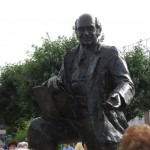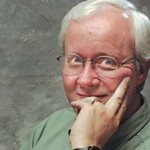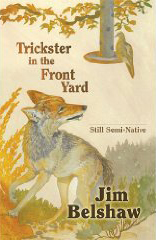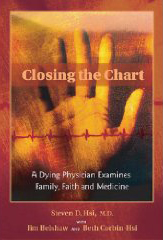Posted by jimbelshaw under Conversations
Comments Off on Corrales
This is a story about feeling good about where you live.
Nobody gets killed; nobody gets shot; Bill O’Reilly wouldn’t be the least bit interested in it, though Dan Barry, the Pulitzer winner at the NY Times might. (If you don’t read Dan Barry, you should. If you are a fan of good writing and good storytelling, you should be reading Dan Barry every chance you get. Go look for him at the Times as soon as we’re through here with the Corrales story.)
The story is told by an old friend and one of the founders of a weekly poker game I play in. It began on a Tuesday in 1975 and has been played every Tuesday since. He retired from UNM and built a house in Corrales. Eventually, he came to see there was a problem with the house: A lot of people couldn’t tell the front from the back and most of them thought the back was the front. So he hired a crew to put in a proper entrance to the back of the house.
On Tuesday, he went out to see how things were going with the new entrance. That’s when he saw the 20-foot flames and the column of smoke rising from across the street.
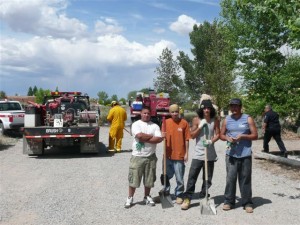
“It was impressive,” he said.
All the more so when you consider the whole thing began with two kids, the New Mexico sun and the classic kid experiment: Let’s see what we can burn with a magnifying glass.
Kid #1 said: “Don’t. You’ll start a fire.”
Kid #2 said: “It’ll only burn a leaf.”
Points to Kid #1.
Dick pointed out the fire to the guys laying pavers at his house. The four-man crew grabbed their shovels and started running toward the fire.
“That, too, was impressive,” he said.
Dick’s wife called 911 and soon the Corrales Fire Department was on the job.
Two of the workers from Dick’s house were throwing sand at the base of the fire to stop its spread. Another worker got a hose from the house of a neighbor and they quickly knocked the fire down.
“While they were spraying, I went over to the mother to see what had happened,” Dick said. “She said the boys had been playing with a magnifying glass.”
Then the FD showed up, four vehicles. The area burned was only about 100 square feet, but it was close to the house.
Then the thank you’s began.
“The father of the boys brought his kids over to thank the paver crew that knocked down the fire,” Dick said. “The Corrales fire chief called the workers’ boss, the owner of the company, to thank him for the work the paver crew did. The mother gave a thank you note to each guy in the paver crew with $100 in it. I asked her if the fire department had given any grief to the kids. No, she said, they were very nice to them. Good, kudos to the fire department!”
|
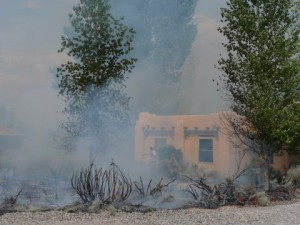
“One of the guys came up to me and said, `You sure have nice neighbors,” Dick said. “Everyone is feeling good. It’s nice to feel good about your town.”
|
